In the last blog we discussed a few ways to plant epiphytes which this was followed by some interesting conversation on our facebook page. Now we've heard about an collaborative project in Christchurch that is bringing lots of different people together to plant an urban green wall.
The three types of panels come from both new and old technology. The 3D printed pockets are made from biodegradable corn starch filament, the wooden panels are recycled timber and the woollen pockets are made from recycled wool carpet.
Plants
The plants used in this project are native rocky species from Banks Peninsula that can handle the exposure of this urban street corner.
Involving others
The panel patterns and designs are free to source from the Urban Living Wall website which means that you can make your own wall or create some panels to donate to the this Christchurch project. If you have your own green wall the Urban Living Wall will even give you some attention on their blog.
The community focus of this project means that it is going to benefit a wide range of people through education and backyard biodiversity! Well done DOC & Fab Lab Chch.
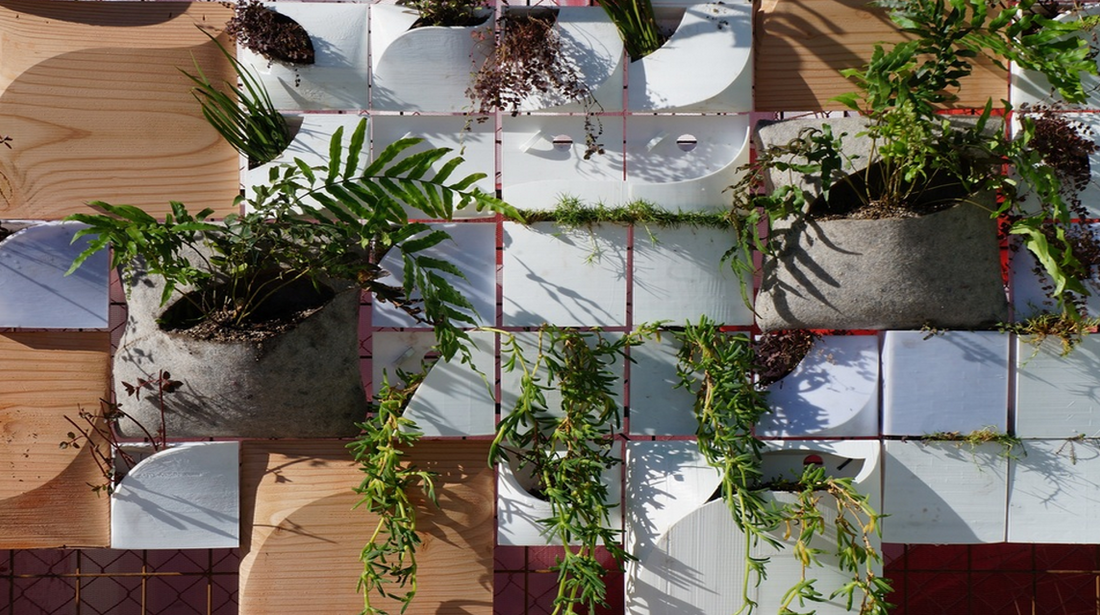
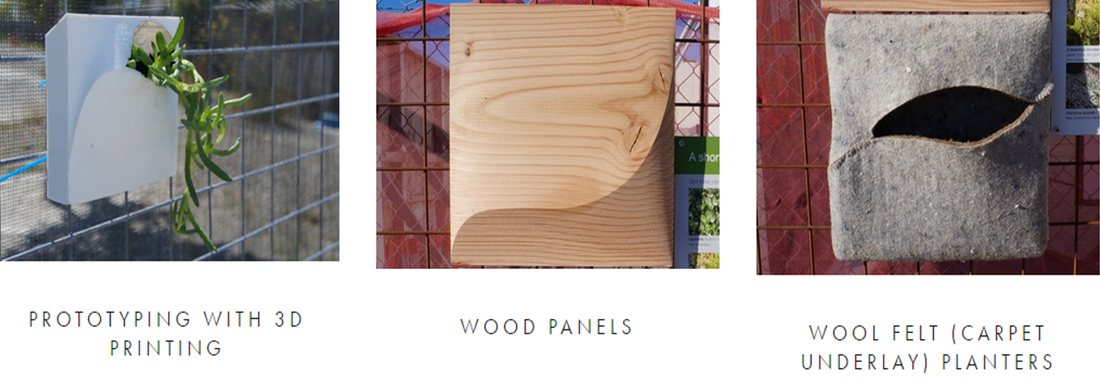
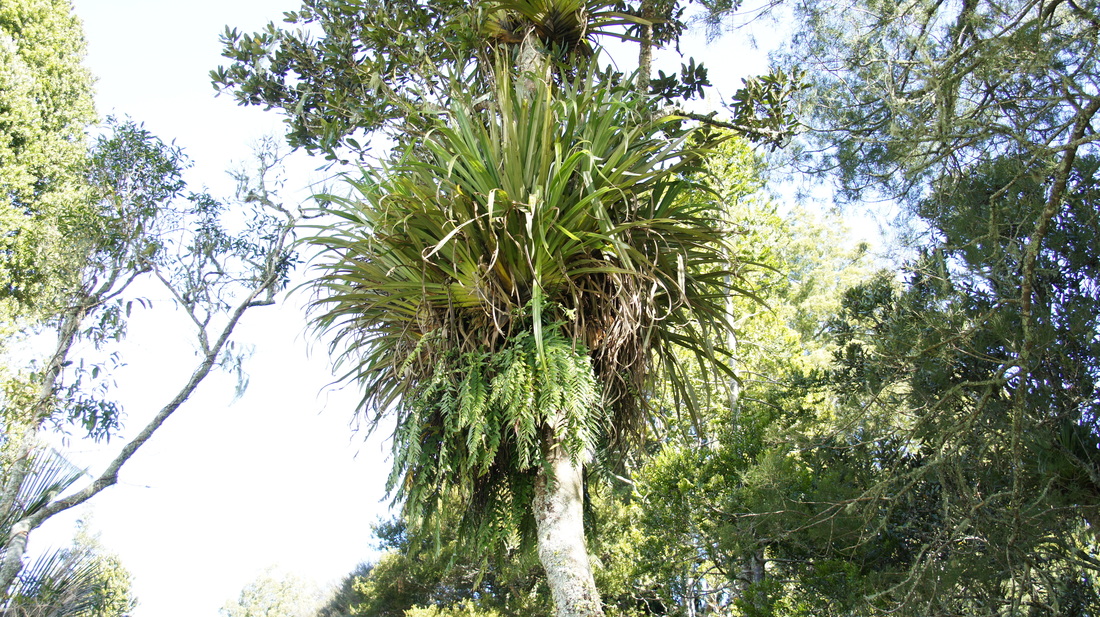
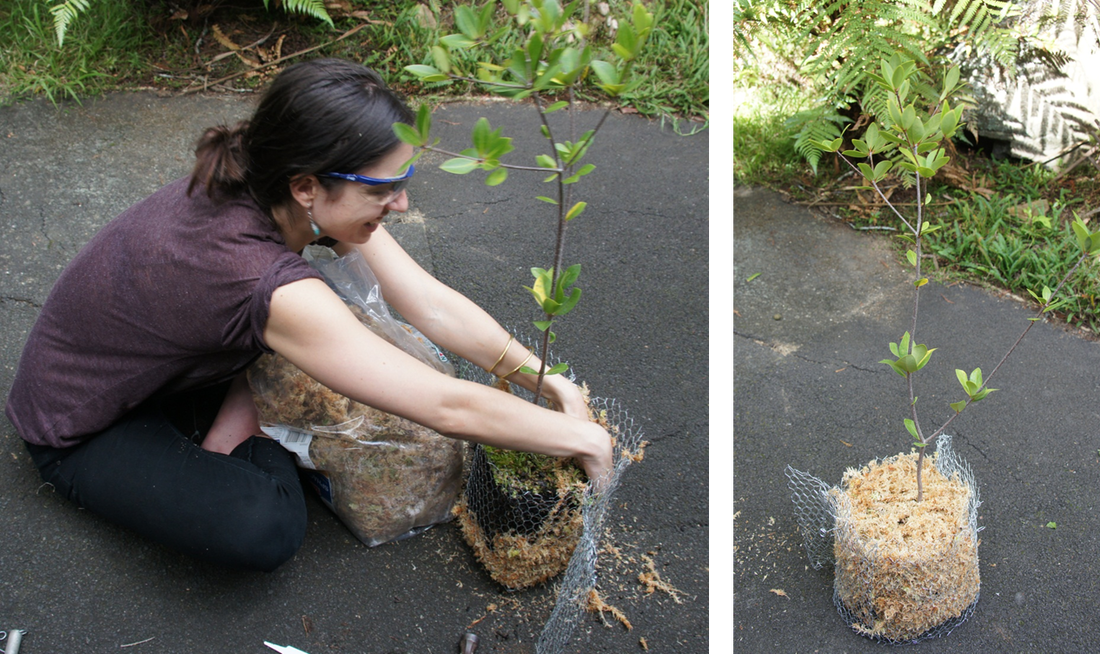
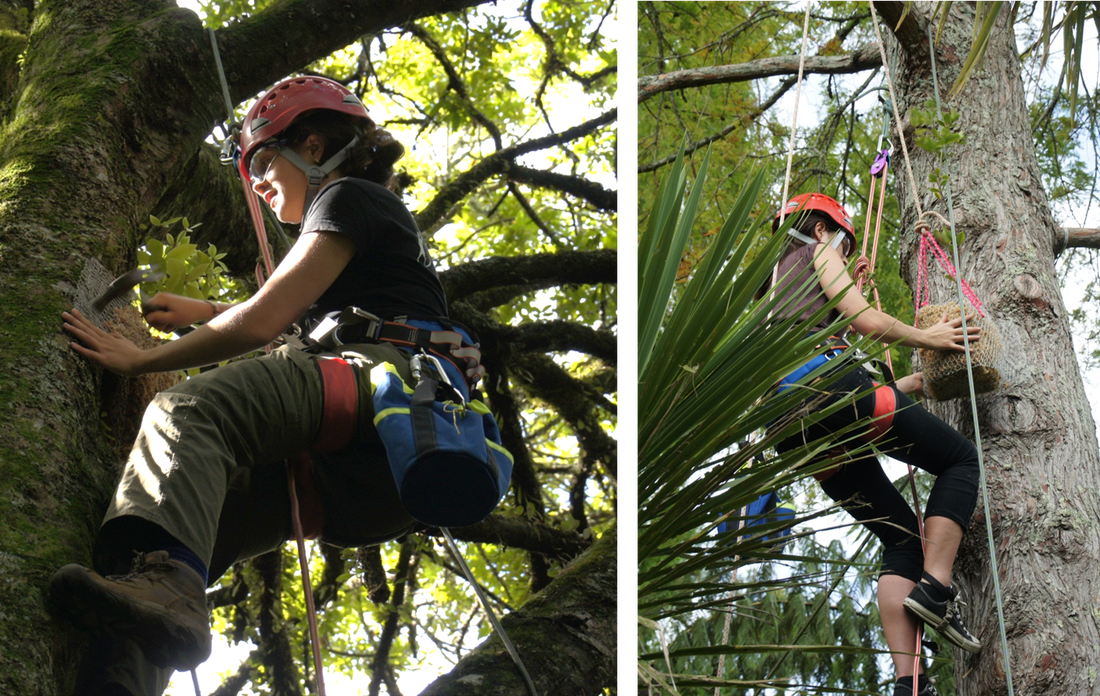
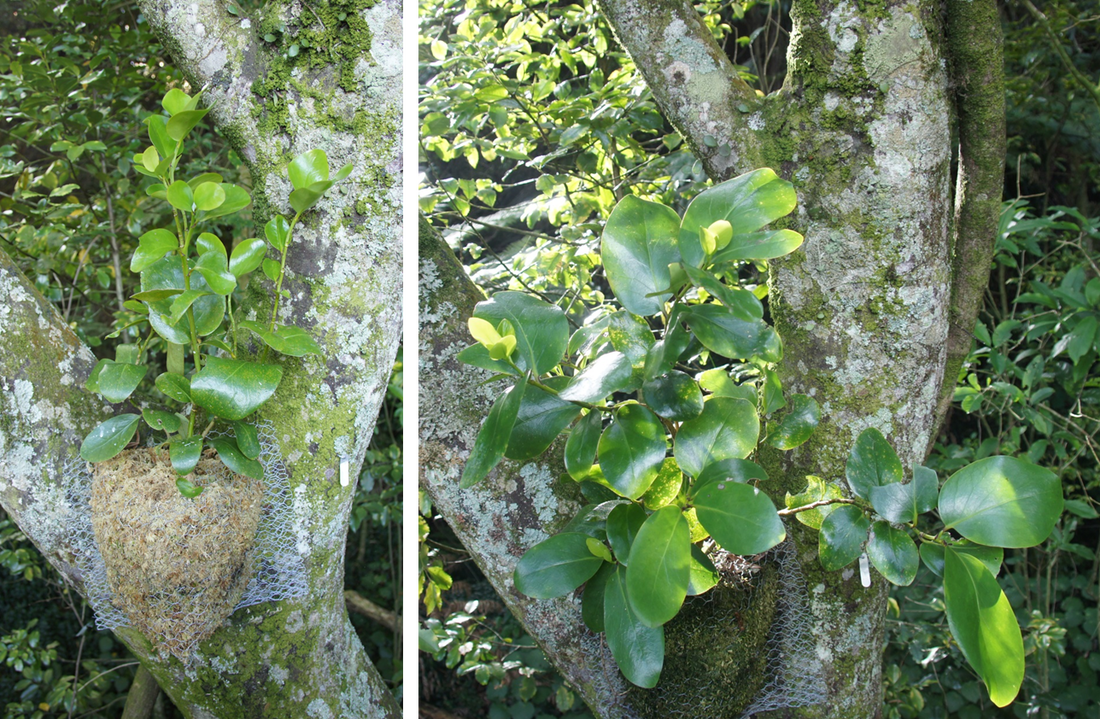
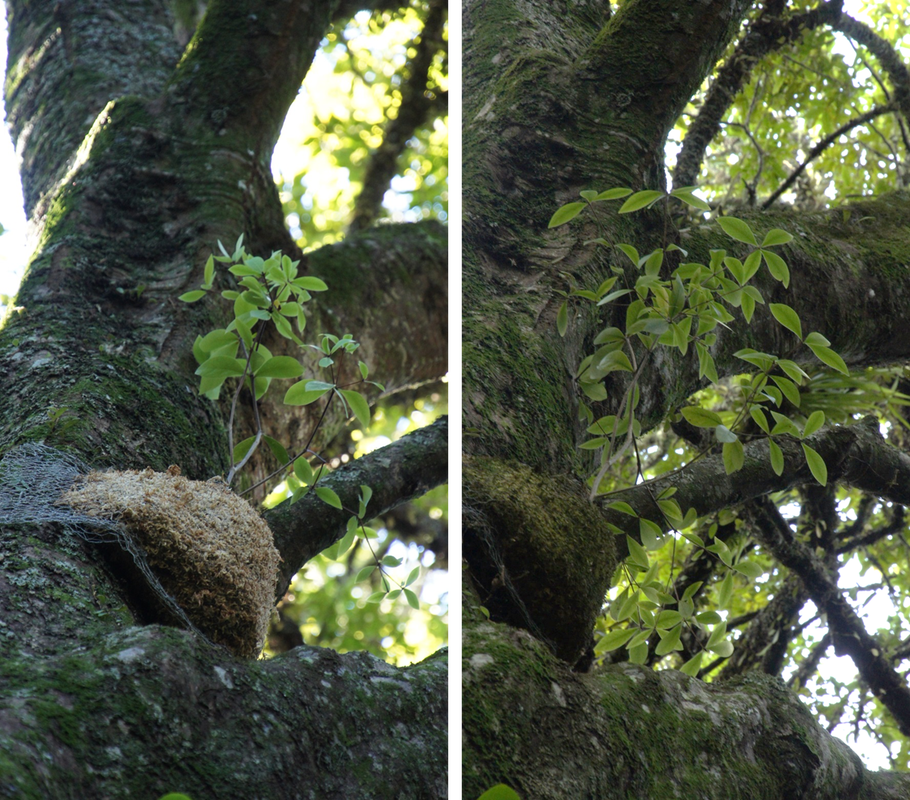
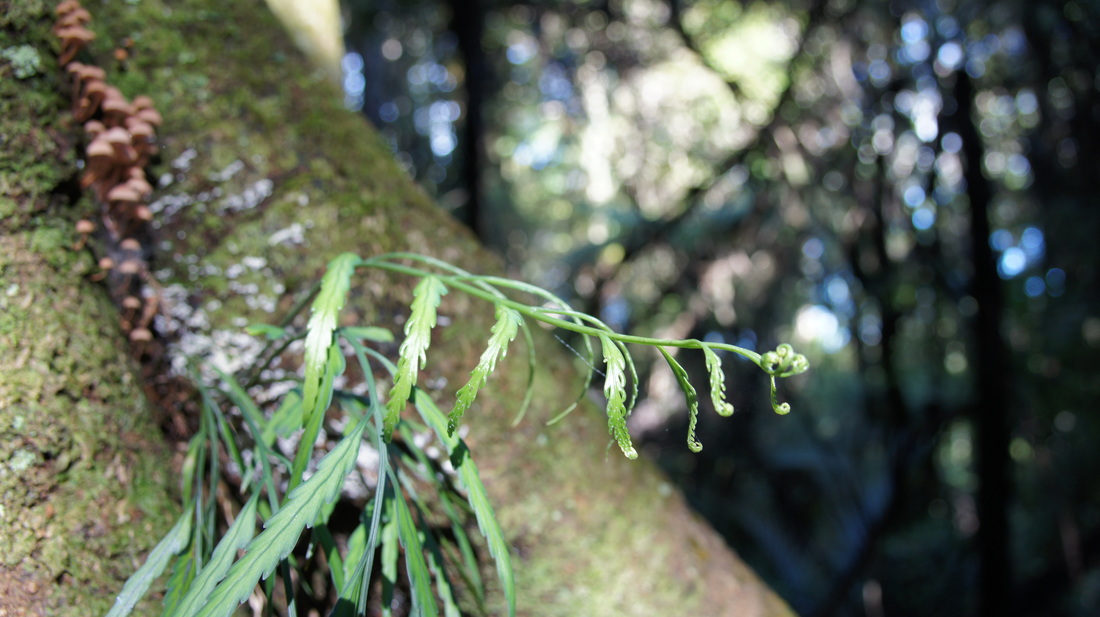
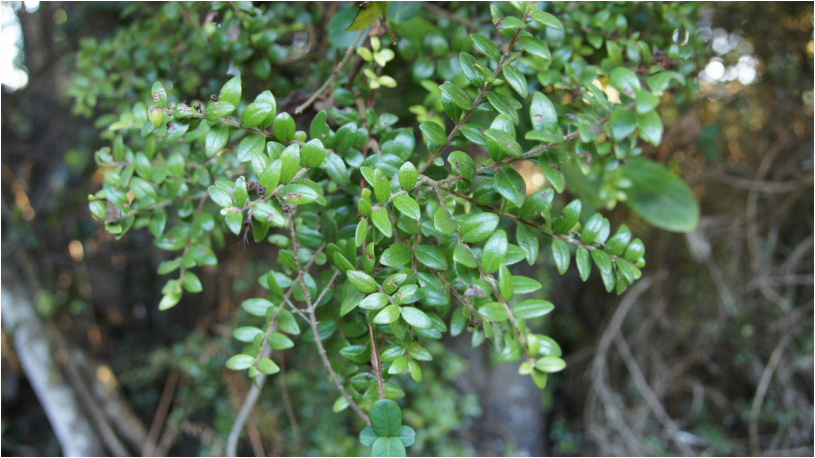
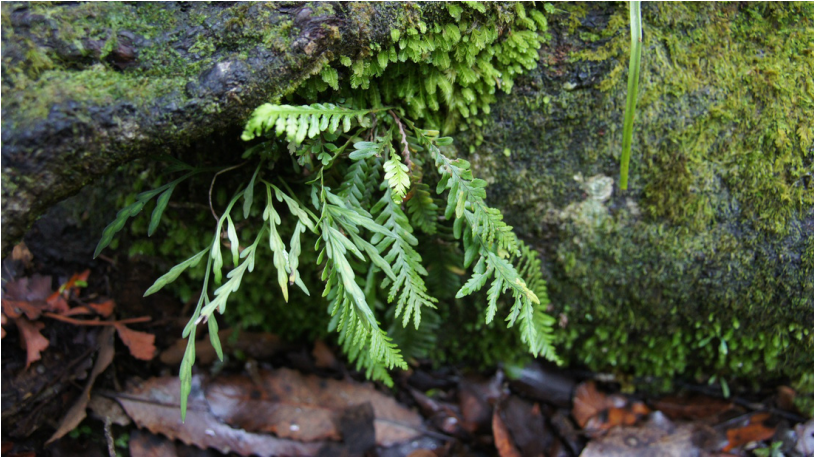
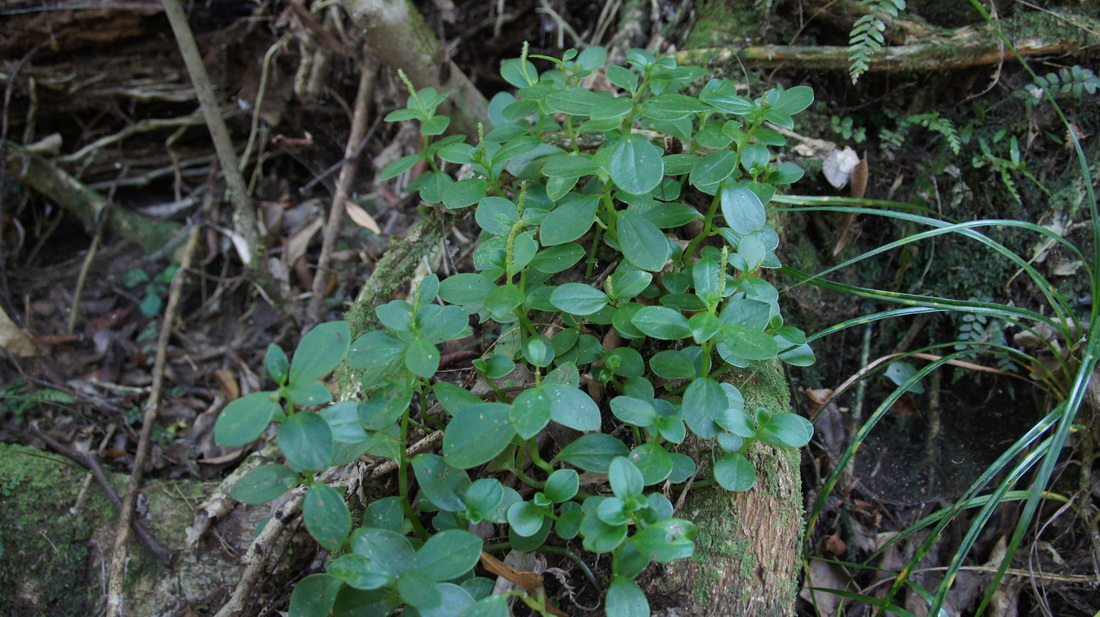
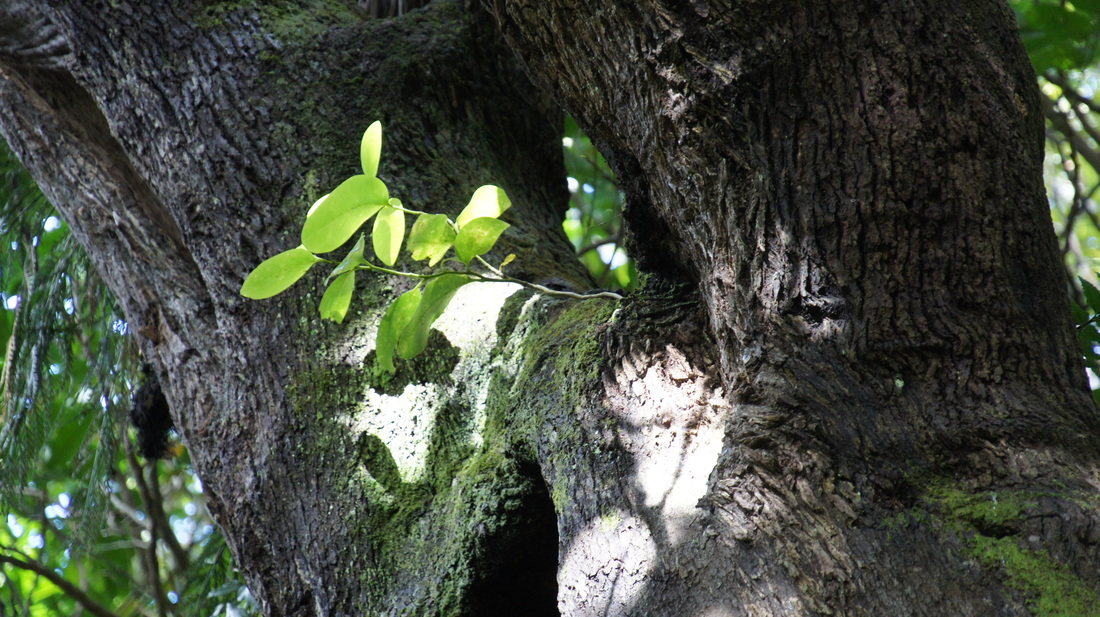
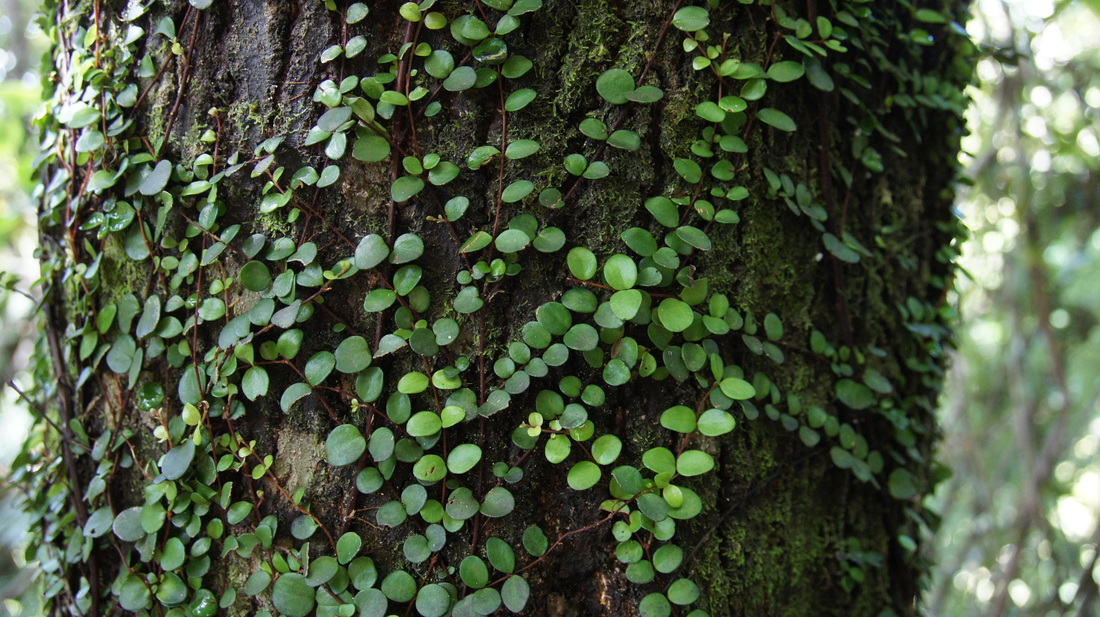

 RSS Feed
RSS Feed
